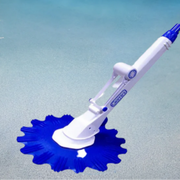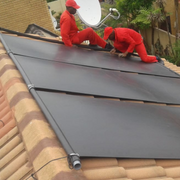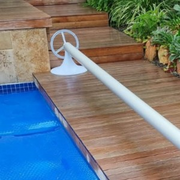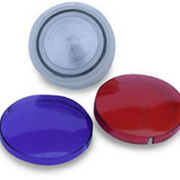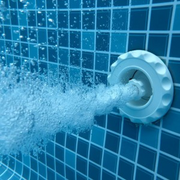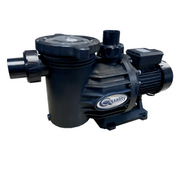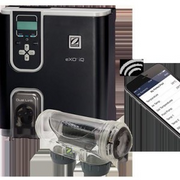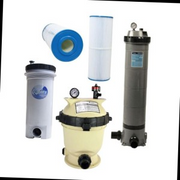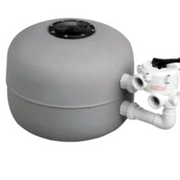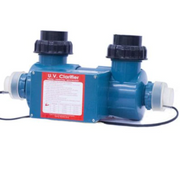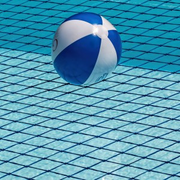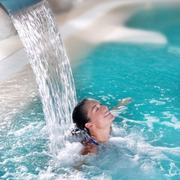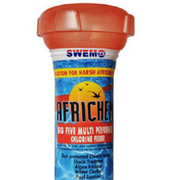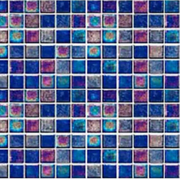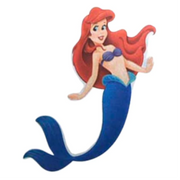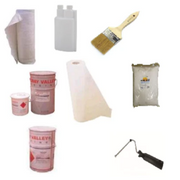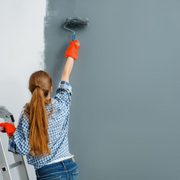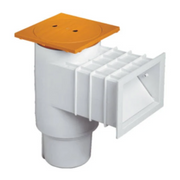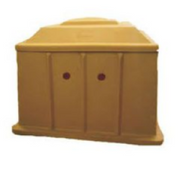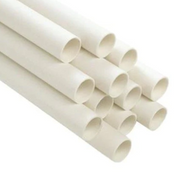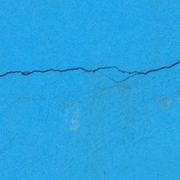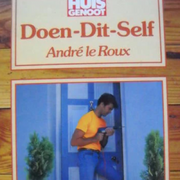The Pool Pump is like the Heart of the Pool
The purpose of a pool pump is to move water that is needed to circulate chemicals evenly throughout the pool. Water flow ensure water stay fresh while pool chemicals help to keep the water safe for swimmers, free from bacteria and viruses.
Pool pumps enable swimming pool water to flow the filter, heater and chlorinator so that it can be filtered (cleaned); heated and sanitised by chlorine or some other chemical before it flows back to the pool.
PUMP SPEED TYPES AND ELECTRICITY CONSUMPTION
IE-rating
Specified under the International Electrotechnical Commission, IE1 refers to standard efficiency, IE2 to high efficiency and IE3 to premium efficiency, while IE4 ratings are for super-premium efficiency motors.
While South Africa has not regulated the use of energy efficient motors, to save customers costs and continue to reduce the load on the national electricity grid, Swemgat decided to make pool owners aware of the IE rating of pool pump we sell and therefor we list it.
Single Speed & Variable Speed Pool Pumps
Single speed pumps operate at one speed, while variable speed pumps allow you to adjust the flow rate of water through the pump.
Electricity consumption and power (watts) correlates with pump speed and therefore variable speed pumps saves electricity cost because its not necessary to run pool pumps all the time at full speed.
With variable speed motors, the user to picks the minimum flow rate for the system to work. Slower circulation creates less mechanical friction in the pump and makes the entire system more efficient, vibrate less and therefor quieter.
POOL PUMP TYPES
Self-priming Pumps
Priming a pump is the process of releasing air trapped in the pipes in order to get the water circulating.
Self-priming pool pump can stand in a position above the top layer of the body of water. These pumps are most used for in-ground pools in South Africa and are normally housed in a protective pump cover in garden beds or on paving near the pool.
The "wet side" side is connected with pipes to the pool while the electrical motor should be kept dry and well ventilated in order to cool down during operation.
A distinct feature of these pumps is the pump lid and basket. The pump lid gives access to the pool pump's strainer basket that catch large debris and should be emptied otherwise debris will obstruct water flow.
Remember that the first time after installation or if the pump experience difficulty to prime, the lid needs to be opened and filled with water in order to remove excessive amounts of air in the pipes.

Non-priming pumps
Non-priming pumps requires assistance to remove air from the suction pipe and create a vacuum, allowing it to draw fluid from the pool.
Unlike self-priming pumps, non-self-priming pumps cannot operate without a constant flooding or water flow to maintain the necessary vacuum for priming, otherwise the suction pressure created will not be sufficient enough to move water and cause overheating and pump failure.
Noticeable non-features are that no pump lid and basket are present.

Submersible pumps
A submersible pump is installed underwater whereas a centrifugal pump is installed on the ground.
Both self-priming and the non-priming pump types are centrifugal which are in general high in terms of energy efficiency, but with the main disadvantage that it uses rotation instead of suction to move water. This means that a centrifugal pump must be put under water (non-priming pump) or primed before it will move water.
Pump Power - Kilo Watt (kW)
The more kilowatts your pool pump has, the more powerful it is. More kilowatts usually also means that the water turnover rate will be faster. This allows you to run it less often and for shorter periods of time. But, the pump size should not exceed the handling capacity of the filter and the system’s pipes. If you're unsure - ask us.
Pump Motor Voltage - 220V or 380V (Volt)
Depending on the available electrical supply available at your premises, the pool pump will work from a single phase 220V alternating current (AC) or Three phase 380V power. We sell both 220V and 380 Volt pumps.
Are your pipes the right size for your pool pump?
Pool industry practice in general for residential self-priming pool pumps is to use 50mm PVC pipe for pump sizes to 1.1kW, with 63mm suction pipes recommended for more powerful pumps.
The pipe size connected to the pump will ultimately determine the flow rate through it, regardless of the pump design limitations.
Pool pump suction problem?
See Inyo Pool's video below if your self-priming pool pump experiences suction problems.

